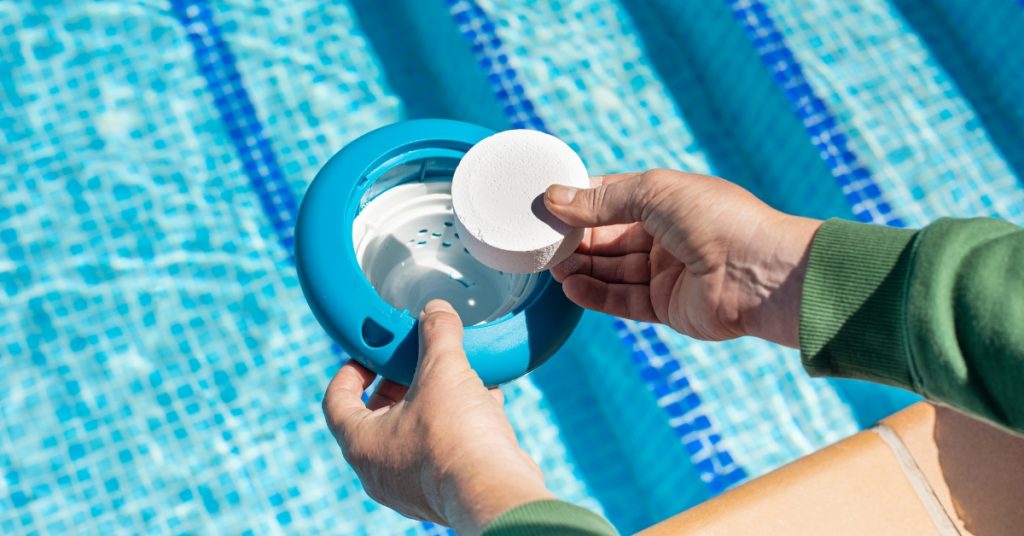Access to clean and safe drinking water is one of the most fundamental needs of human life. Yet, billions around the world still face the threat of waterborne diseases due to contaminated water sources. Among the various methods used to purify water, the chlorination process has emerged as one of the most effective and widely adopted solutions globally. This method has been in use for over a century and continues to be a cornerstone of public health and water treatment practices.
What is the Chlorination Process?
Chlorination is a chemical disinfection method that involves adding chlorine or chlorine compounds to water. The primary objective of the chlorination process is to kill harmful microorganisms such as bacteria, viruses, and protozoa that may be present in untreated water. Chlorine acts as a powerful oxidizing agent, disrupting the metabolic functions of these pathogens and rendering them harmless.
There are different forms of chlorine used in the chlorination process, including chlorine gas, sodium hypochlorite (liquid bleach), and calcium hypochlorite (solid form). Depending on the scale and requirements of the water treatment plant or system, the form of chlorine and the dosing mechanism may vary. Regardless of the form, the ultimate goal remains consistent—ensuring that water is free from disease-causing microbes.
How Chlorination Works in Water Treatment?
The chlorination process typically takes place in several stages within a water treatment facility:
- Pre-chlorination: This occurs early in the treatment process, often at the intake point, to reduce algae, control odor, and limit microbial growth in pipelines and tanks.
- Primary disinfection: Chlorine is added after filtration to kill any remaining pathogens in the water.
- Post-chlorination: Sometimes, a small residual amount of chlorine is maintained in the water distribution system to prevent microbial recontamination.
Benefits of Chlorination
The chlorination process offers multiple advantages that contribute to the widespread adoption of this technique across municipalities and rural water systems alike:
- Effective Microbial Elimination: Chlorination is highly effective against a broad range of pathogens, including cholera, typhoid, and dysentery-causing organisms.
- Residual Protection: Unlike other disinfection methods such as ultraviolet (UV) treatment or ozonation, chlorination leaves a residual disinfectant in the water. This means that even after leaving the treatment plant, the water remains protected against contamination during storage and distribution.
- Cost-Effectiveness: Chlorination is relatively inexpensive, especially in large-scale applications. It requires minimal infrastructure and is easy to deploy in both urban and rural areas.
- Proven Technology: With more than a hundred years of usage history, the chlorination process has been thoroughly tested and refined to meet modern water safety standards.
- Ease of Monitoring: Chlorine levels in water can be easily monitored and adjusted, ensuring consistent and reliable disinfection outcomes.
Challenges and Considerations
Despite its many advantages, the chlorination process does have certain limitations that must be carefully managed:
- Formation of Disinfection By-products (DBPs): When chlorine reacts with organic matter in water, it can form by-products such as trihalomethanes (THMs) and haloacetic acids (HAAs), which are potentially harmful if consumed over long periods. Proper pretreatment and dosage control can mitigate this risk.
- Taste and Odor: Some consumers may detect a chlorine taste or smell in drinking water. While not harmful, it can affect user perception and acceptance.
- Storage and Handling: Chlorine, particularly in gas form, requires careful handling and storage due to its reactive and hazardous nature.
Sustainable Water Safety with Chlorination
As the global demand for clean water rises due to population growth, urbanization, and climate change, the importance of the chlorination process continues to grow. Innovations in chlorine dosing technologies, automation, and real-time monitoring are helping utilities maintain high standards of water safety while optimizing resource usage.
Integrating the chlorination process with other water treatment steps—such as coagulation, sedimentation, and filtration—provides a multi-barrier approach that strengthens the overall effectiveness of the system. This integrated method ensures that even the most challenging water sources can be treated to meet stringent safety standards.
INDION’s Advanced Chlorination Process for Effective Disinfection
Ion Exchange’s INDION electro-chlorination system is a cutting-edge solution designed to produce highly active disinfection agents on-site using only salt, water, and electricity. This innovative chlorination process enables the efficient treatment and disinfection of water, sewage, and industrial effluents without the need for hazardous chemicals or chlorine gas.
The chlorination system operates by running an electric current through saltwater, generating hypochlorite through low-voltage DC electrolysis. This results in the production of highly active sodium hypochlorite, an effective disinfectant ideal for a wide range of applications including treated sewage, industrial effluents, drinking water systems (in municipalities, hotels, hospitals), circulation water in pools and fountains, and process water used in industries such as food and beverage, agriculture, and livestock.
This advanced chlorination process offers many advantages—fresh, ultra-pure disinfectant production on-site, no chemical storage or handling requirements, lower operational risks, and reduced logistics costs. Key features include compatibility with natural brine or seawater, rugged design suited for extreme conditions, and standard systems producing up to 1000 grams of chlorine per hour. Additionally, remote monitoring and low operating costs make this system both reliable and economical.
Conclusion
The chlorination process remains a cornerstone of modern water treatment strategies around the world. Its ability to eliminate pathogens, provide lasting protection, and deliver cost-effective results makes it indispensable in ensuring safe drinking water for millions. However, to reap the full benefits of chlorination, it is essential to implement the process with expertise, precision, and ongoing monitoring.


